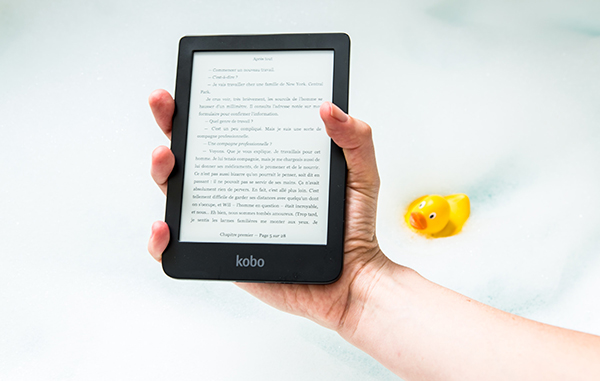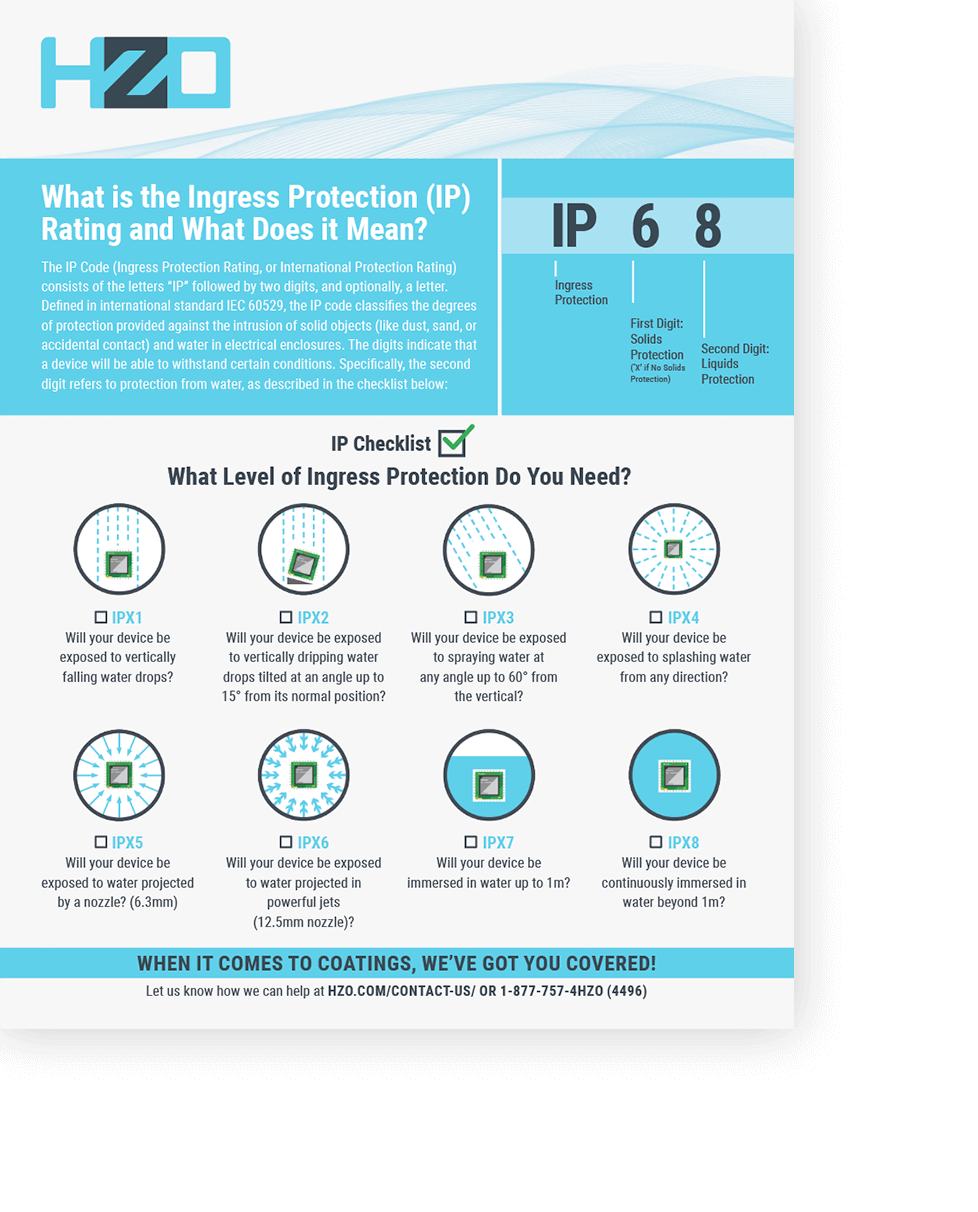What does ‘Waterproof’ Actually Mean? Seriously.
Mallory McGuinness | June 9, 2020
Your shiny new smartwatch claims to be IP57 waterproof, your new phone claims to be water protected, and a whole slew of new electronic devices are entering the market boasting ‘water resistance.’ Yet all of these devices may not survive an encounter in the rain or an accidental drop in the toilet. So how do you know what’s what in the world of water protected electronics?
Clever advertising and loosely applied water protection ratings have led consumers to believe that the stamp of an IP rating or a water-resistant buzz word means that the device in question can take a dip in the pool, or at the very least hack it in the shower. But sadly, that’s usually not the case.
So What’s The Problem?
As manufacturers have tried to meet the growing consumer demand for water-resistant electronics, they have put increasing emphasis on citing IP Code ratings. As beneficial as these ratings can be in certain situations, there is one major flaw: they don’t tell the whole story. Here’s the truth about IP and IP57 ratings.
What Does IP57 Really Mean?
An IP rating is a standard for water resistance in electronics. Water-resistance is measured by numbers 1 through 9. There are two types of IP ratings, which include:
- Two-digit IP ratings: Two-digit IP ratings are used to indicate both water and particle resistance. The first digit displays particle and solid resistance, while the second digit shows water protection level. If you own an electronic that has an IP rating of IP57, that device offers level 5 particle resistance and level 7 water protection.
- One-digit IP ratings: Unlike two-digit ratings, one-digit IP ratings are metrics designed to show water resistance only, which means an ‘X replaces the first digit.’
For example, a rating of IPX7 would offer level 7 water protection our of 9 levels and is defined as can be submerged up to 1 meter in water for 30 minutes.
Is IPX7 Waterproof?
Well, that’s kind of a long story.
When a device claims to be waterproof or water-resistant, it’s important to understand that these terms may not always carry the meaning you expect. Waterproof means impervious to water, and all of the destruction that comes with it.
Ultimately, it all depends on the manufacturer and the level of water resistance for which you’re looking. Different IP ratings offer different types of protection, and you need to understand them if you want to have a better grasp of whether or not your IPX5, IPX7, or IP57 device is genuinely waterproof.

As beneficial as these ratings can be in certain situations, there is one major flaw: they don’t tell the whole story.
IP and IPX Standards
It can be challenging to follow vague waterproof marketing terms when you have little to no reference for what the actual numbers and ratings mean. Let’s go through a few of the IP rating standard basics.
The water protection numbers exist on a scale of 1 to 9, while the solid protection metric operates on a scale from 1 to 6. Some of the most common numbers used to indicate high levels of water-resistance are IPX5, IPX7, and IP57, each of which offers a different type of protection:
-
IPX5: An IPX5 rating implies that a device can endure direct contact with water that’s projected from a nozzle.
-
IPX7: IPX7 is one of the highest ratings, and ideally, it means that a device is durable enough to survive after being submerged in up to up to 3 feet of water for 30 minutes.
-
IP57: IP57 indicates a high (though not the highest) level of protection from both dust and water exposure.
The issue with these ratings is that it can be hard to tell whether they’ll apply to real-world situations. To gain an IP certification, all an electronics manufacturer needs to do is send their device to a third-party laboratory to run the standard tests. If one (yes, just one) passes the test, the entire device line gets the determined IP certification. See the problem here?
So, one tenacious device passes the IPX7 test, and the whole team gets to play as ‘IPX7.’ And with the sparkling new certification comes a heaping pile of consumer confusion. “Does IPX7 mean waterproof?” “Does IP57 mean water-resistant?” “What can I actually do with my device?”
When Traditional Ratings Fail
To truly understand what your ‘water-resistant device’ is capable of, you need to read, and we might add carefully read, the manufacturer terms and conditions. Let’s take a hypothetical, newly introduced ‘waterproof’ Android, for instance. The phone is advertised as “Waterproof*. Dust-tight. Worry-free.” It also maintains an IP65 and IP68 rating. But what does the asterisk mean?
If we look a little closer at the fine print, we find that the phone should never be put completely underwater, be exposed to seawater, salt water, chlorinated water or liquids such as drinks and juices. And if the ports and covers aren’t firmly closed, all protection bets are off.
So What’s The Answer?
HZO is seeking to detangle the web of confusion that is currently surrounding the ‘waterproof electronics’ market by offering a superior water protection solution. A solution without limits, boundaries, or fine print. Using next-generation conformal coatings, HZO creates a thin film barrier between the vital circuitry of the electronics and any liquid or debris that could potentially harm it. No need for seals, gaskets, ports covers or cases, and in theory, no real need for confusing IP standards… HZO Protection is the standard.
If you’re looking for a solution that can make your products more robust and, well, better, we’re here to help. Our coatings can help make a wide range of electronics more usable from almost any location, enhancing product reliability, and even better — saving money.
To learn more from a skilled professional about how we can help your product exceed IP57 and IPX7 ratings, contact us today.
Waterproof means impervious to water, and all of the destruction that comes with it.
Mallory McGuinness

 Ryan Moore
Ryan Moore
Ryan is a 9-year veteran to the world of protecting electronics from harsh environments and a lover of all things technology.
Related
Discover how HZO can protect your product



